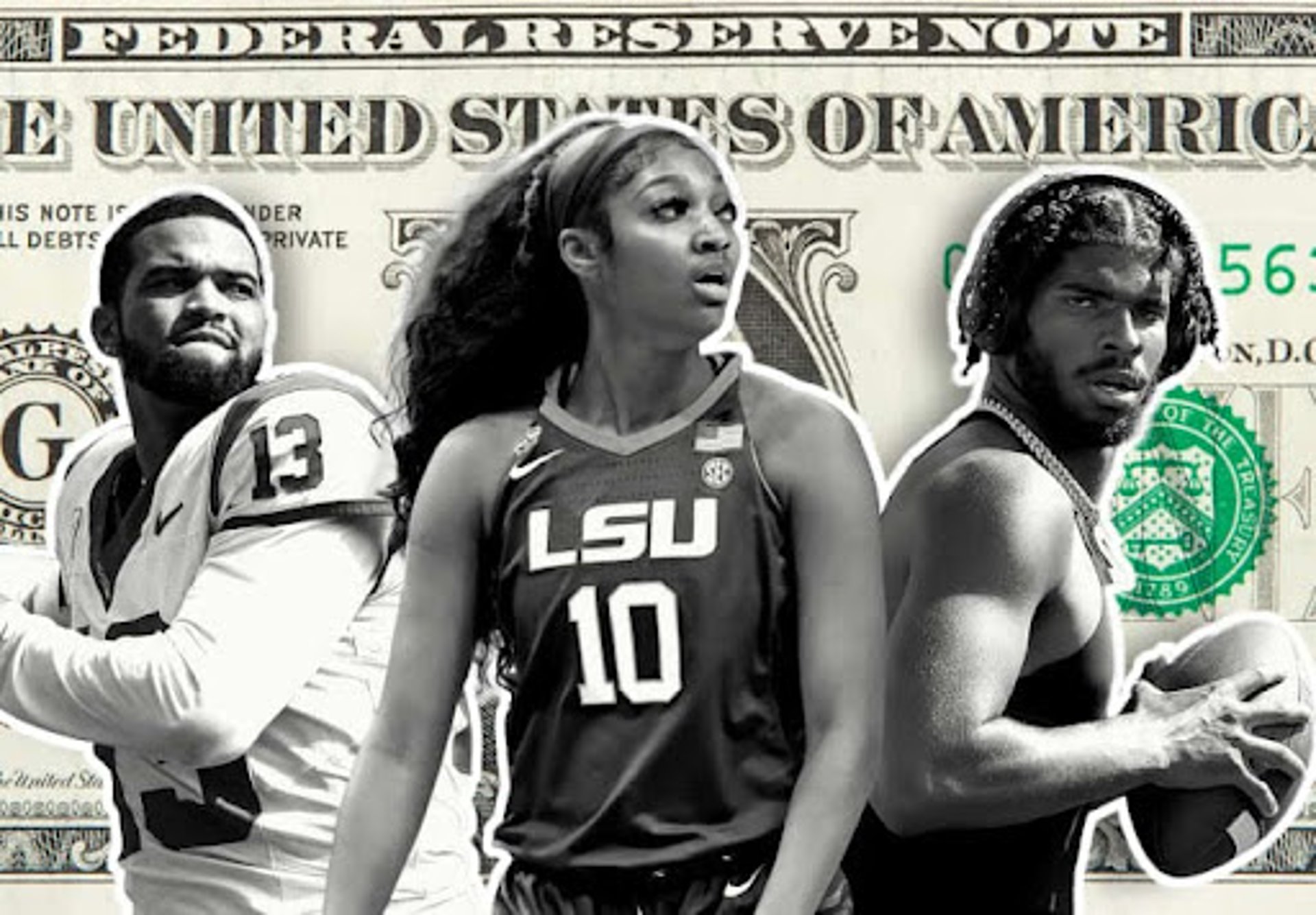
Blog

NIL is everywhere in college sports. But what exactly does it mean?
What is NIL?
NIL, spelled out, is name, image and likeness.
NIL is how college athletes can make money in 2024 (and since July 2021).
NIL is why, immediately after Caitlin Clark broke the scoring record in women’s college basketball last week, Nike fired off social media posts, which doubled as ads, which were all part of a sponsorship deal that puts a significant amount of cash in Clark’s pocket.
NIL is what your school’s coach complains about after another lopsided loss.
NIL is how your school went from not quite relevant to in the mix for top recruits.
NIL is everything in modern college sports. But at the same time, NIL is ... what, exactly?
“You know ... ” said Michelle Meyer, once the NIL director at San Diego State, now an NIL analyst with her own NIL education company. Then she paused for nine seconds.
“It’s a good and fair question. There are two very separate markets being called NIL right now. And because of that, those three letters — N, I, L — get thrown around a ton because they can mean so many different things. It’s become pretty hard to explain in a succinct way.”
What are those two markets? The first one largely compensates athletes through brand deals. Athletes are typically paid or given free products for posting promotional content on social media — or they receive a cut of sales for merchandise with their name and number on it. The second one, which tends to be more lucrative, involves athletes earning de facto salaries from donor-funded groups called collectives. The collectives, affiliated with schools but not an official part of them, essentially pay athletes for charity work and have a heavy influence in football and basketball recruiting.
As a way to raise more money, many of these collectives are 501(c)(3) nonprofits, meaning donations are tax-deductible. Yes, the Internal Revenue Service is skeptical, but not to the point of shutting the nonprofit collectives down.
So does it matter that the markets go by the same initialism? If NIL is a six-figure contract between a football player and a donor-funded collective, and Paige Bueckers’s deal with the Army or Dunkin’, and an athlete receiving $20 to post about a small pizza shop on campus — who cares?
In a self-published essay this fall, Meyer argued that by not delineating between the different types of deals, small businesses and nonrevenue athletes could easily feel priced out of the NIL market, then never seek opportunities to partner up. Think of a mid-major softball player reading Nebraska football coach Matt Rhule’s recent comments about a good quarterback costing between $1 million and $2 million in the transfer portal. NIL? Well, that’s not for me.
That is why Meyer proposed ways to better separate NIL earnings through collectives from NIL earnings through brand deals. One solution was calling collective money promised to transfers “TAP” (transfer acquisition payment) or “TAG” (transfer acquisition guarantee). The problem, though, or at least a complication, is that calling these payments what they are would make them a clear violation of the NCAA’s vague rules.
NIL is what the NCAA and the state of Tennessee are arguing about in court, in the latest antitrust case that could overhaul college sports. The lawsuit, filed in response to the NCAA investigating the University of Tennessee for potential recruiting violations, is challenging the NCAA’s ban on schools and collectives using money as a recruiting “inducement.”
When the NCAA first allowed athletes to profit off their NIL, in a half measure to hold off the ongoing push for actual revenue sharing, the organization explicitly banned paying athletes for actually playing their sports, thus banning the use of money to recruit. It happens, of course. It happens constantly with almost no enforcement by the NCAA, conferences, schools or states. But when the NCAA came for Tennessee, the state’s attorney general leaped in front of its flagship school, calling the restriction on how athletes can use their NIL an antitrust violation.
At the crux of the case is an $8 million deal between quarterback Nico Iamaleava and Tennessee’s NIL collective, which is endorsed by the school but not a part of the university or athletic department. But in one of the first hearings, when Tennessee sought a temporary restraining order that would have kept the NCAA from enforcing its NIL inducement rules for a bit, a lawyer for the NCAA had trouble explaining whether an athlete could discuss NIL opportunities at all before enrolling at a school.
NIL, then, is something that confuses just about everyone.
(A judge denied the TRO request, but that doesn’t mean the NCAA is out of the woods on the issue. Not even close.)
“It’s extremely important that we’re able to create an atmosphere where we can allow student-athletes to take advantage of their NIL,” Jeff Jackson, commissioner of the Missouri Valley Conference, said during a congressional hearing on the future of college sports last month. “And it needs to be NIL.”
Based on the rest of his testimony, Jackson meant that it needs to be NIL money through brand deals, not the collectives often painted as the boogeymen of a chaotic system. NIL is why you may have heard that college sports have turned into the wild, wild, woebegone west, no matter what the television revenue and ratings say. If you’ve also heard the phrase “a patchwork of state laws,” that conversation was probably about NIL, too.
“I would say I split it into three parts,” said Bill Carter, an NIL educator and consultant. “The first is what I call the free-market NIL, which is merely the partnership between a brand or a small business and a student-athlete, where the student-athlete is compensated for promoting the product or service of the brand. That’s pretty simple. ... The second part is collective NIL, which is the boosters raising money with the sole purpose of initiating relationships with student-athletes and compensating those student-athletes exclusively at the university they want to support.
“And the third part, for me, is: What’s to be? I would be shocked if we had this conversation a year from now, then three years from now, and it wasn’t all completely different.”
NIL is scheduled to shift in-house soon, when the NCAA inevitably approves a proposal to allow schools to help facilitate deals. Further in the future, NCAA President Charlie Baker is pushing for a model that permits schools to directly pay their athletes through NIL deals. Carter’s prediction of evolution is not bold, nor does he present it as such. NIL is guaranteed to change.
To start his presentations, Carter uses a classic public speaking trick, asking those in the room whether they know what NIL is. When he spoke to a large group of Merrill Lynch financial advisers last month, a bunch of hands shot straight in the air. Over and over, as Carter called on them, the advisers said that NIL is “endorsements.” But to Carter, NIL is not endorsements because NIL doesn’t often look like Michael Jordan’s partnership with Nike in the 1990s, when his image was splashed across every possible medium.
NIL is so much more.
Or so much less.
Or maybe something in between.
“When I first told people I worked in NIL, they were like, ‘What the hell do those letters stand for?’” Meyer said. “Now, they know what NIL is, in a way, but there really isn’t much knowledge beyond that. And it’s hard to blame them.”
